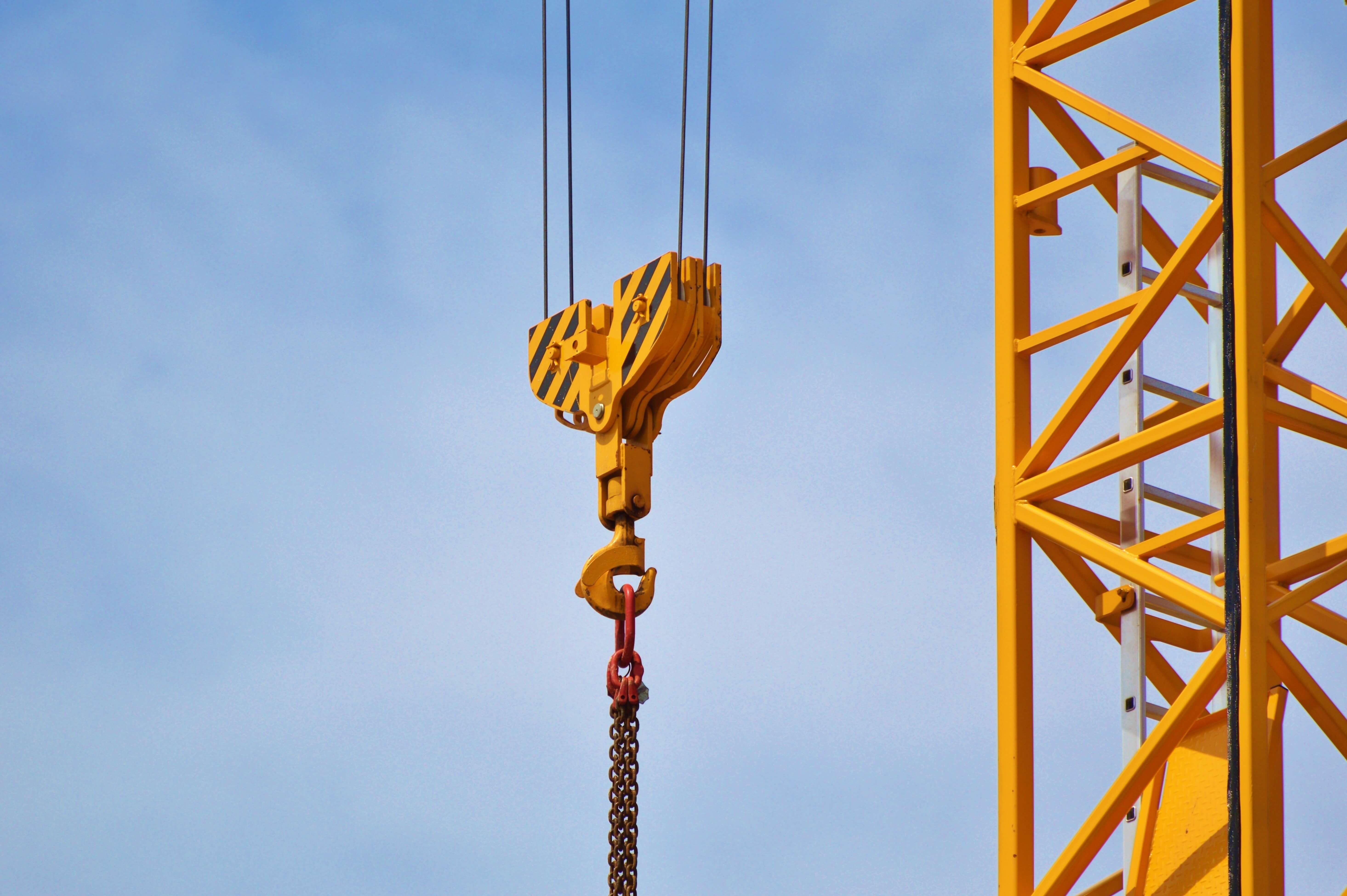When it comes to estate planning, a variety of tools and strategies are available to help individuals manage their assets effectively. One such tool is the Qualified Personal Residence Trust (QPRT), an advanced estate planning strategy that offers significant benefits. This article will delve into the intricacies of QPRTs, their advantages, and potential drawbacks.
What Is A Qualified Personal Residence Trust?
A Qualified Personal Residence Trust is a particular kind of irrevocable trust. It allows homeowners to remove the value of their primary or secondary residence from their taxable estate. This is achieved by transferring the ownership of the home into the trust for a specified term. The homeowner, or grantor, retains the right to live in the property during this term. At the end of the term, the property is transferred to the named beneficiaries.
How Does A QPRT Work?
The process of establishing a QPRT involves several steps. Initially, the homeowner transfers the ownership of the residence into the trust. The value of this gift is computed based on IRS applicable federal rates, which represent minimum market rates. This allows the property’s gift value to be calculated at a lower rate than its fair market value, potentially reducing the gift tax liability.
During the term of the QPRT, the homeowner can continue to live on the property. If the homeowner survives the term of the trust, the property is transferred to the beneficiaries, and the value of the residence is effectively removed from the homeowner’s estate. This can result in substantial estate tax savings.
Advantages Of A Qualified Personal Residence Trust
There are several benefits associated with a QPRT:
- Estate Tax Reduction: By removing the value of the residence from the estate, a QPRT can significantly reduce estate taxes.
- Gift Tax Savings: The transfer of the residence to the trust is considered a gift. However, the value of this gift is calculated at a lower rate than the fair market value, potentially reducing the gift tax liability.
- Continued Use of Property: The homeowner can continue to live in the property during the term of the trust, without any change in lifestyle.
- Asset Protection: As an irrevocable trust, a QPRT can offer some level of protection against creditors.
Potential Drawbacks Of A QPRT
While a QPRT offers many advantages, it’s important to consider potential drawbacks:
- Irrevocable: Once established, a QPRT is irrevocable. This means that it cannot be easily undone or changed.
- Mortality Risk: If the homeowner does not survive the term of the trust, the value of the residence may be included in the estate for tax purposes.
- Limited Flexibility: Once the residence is transferred to the trust, the homeowner may have limited options for selling or refinancing the property
Is A QPRT Right For You?
Determining whether a QPRT is the right strategy for you depends on your individual financial situation, your estate planning goals, and your life expectancy. It’s crucial to seek professional advice to understand the complexities involved and ensure the trust aligns with your goals and circumstances.
In Conclusion: The Power Of Planning
A Qualified Personal Residence Trust can be a powerful tool in estate planning, offering potential tax savings and asset protection. However, it’s not a one-size-fits-all solution. It’s essential to consult with a knowledgeable estate planning attorney to determine if a QPRT is the right fit for your estate planning needs.
For more information or to discuss your estate planning needs, contact Citadel Law at (800) 662-0882. Our experienced attorneys can provide personalized assistance and guide you through the complexities of estate planning, ensuring that your assets are managed and distributed in accordance with your wishes.
Read Also:























